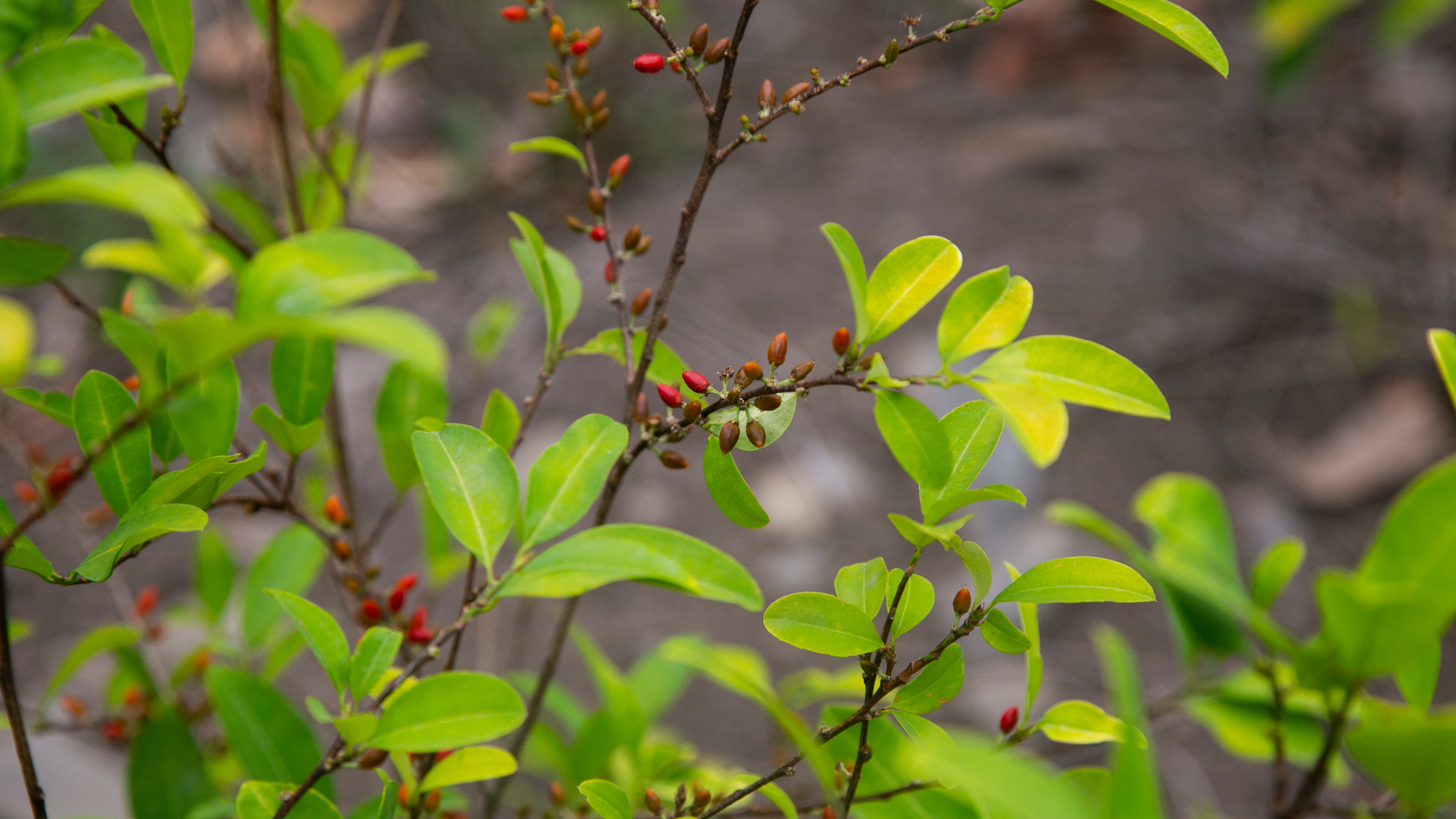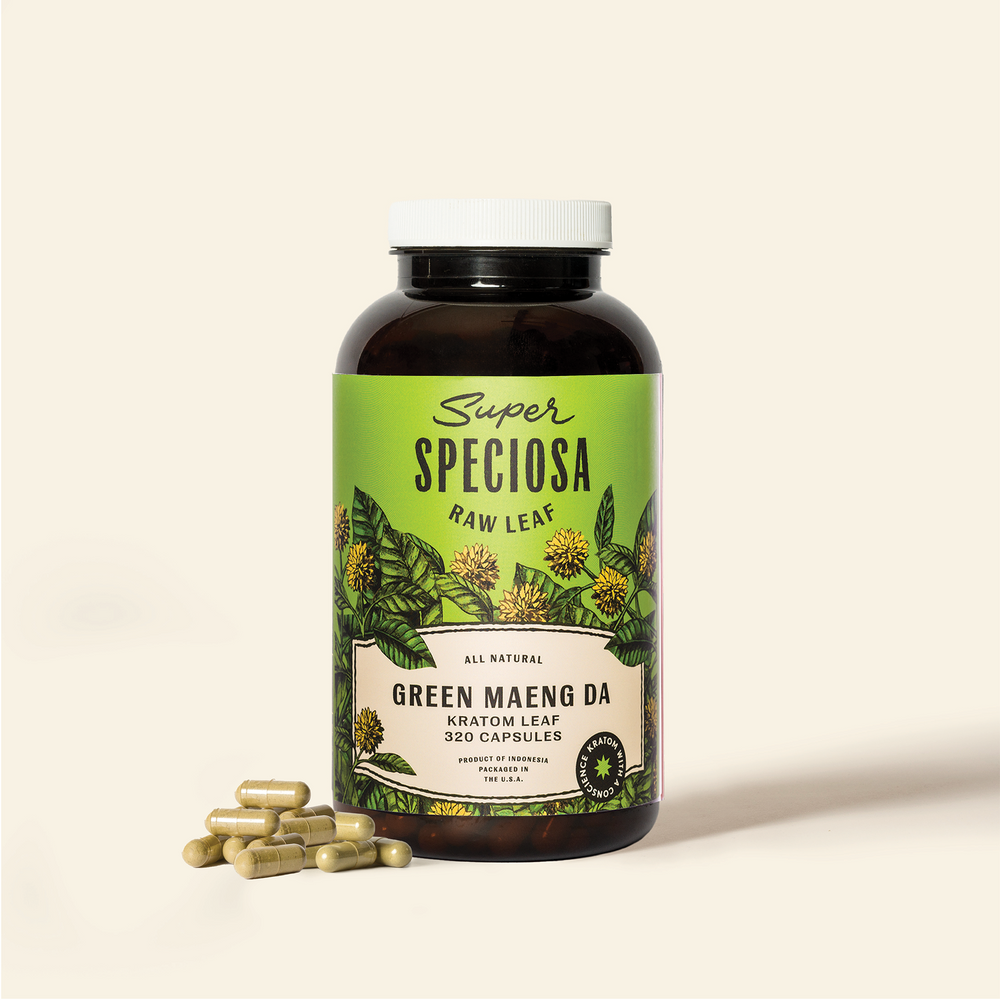World Health Organization’s Review of Coca Leaves Could Have Ripple Effect for Natural Products
WORLD HEALTH ORGANIZATION’S REVIEW OF COCA LEAVES COULD HAVE RIPPLE EFFECT FOR NATURAL PRODUCTS

A renewed look at the coca plant could lead to action from the World Health Organization (WHO), and has piqued the interest of other traditional herbal supplement manufacturers, as a potential reclassification of the leaves could lead to a new era in how modern medicine treats natural products.
Bolivia and Colombia joined together to support a “critical review” of the coca plant and challenge a 1961 decision to make coca leaves a Schedule I substance. That review leans on the traditional use of coca leaves by indigenous populations. If it leads to policy changes by the WHO and other regulatory bodies, that would create reverberations in the discussions surrounding kratom and other natural supplements that have been targeted in recent years.
The process to take a renewed look at coca leaves began in June of 2023, when Bolivia submitted a 40-page dossier to the United Nations questioning the current status of the plant. Among the materials presented was a letter from Bolivia’s president, Luis Arce, that called out the “inadequate and incoherent classification assigned to coca leaf owing to colonialism.” Arce made it clear that the restrictive actions surrounding coca cultivation were putting a target on indigenous populations and violating their “legitimate rights” under the guise of targeting cocaine.
“The Expert Committee will have to reassess and rectify its original biased position and utter a clear and updated view in the light of the scientific evidence and procedures concerning the medicinal and nutritional properties of coca leaf and its beneficial effects on health,” Arce said in the letter. “At the same time, it should be emphasized that the intention is in no way to devalue international oversight of coca cultivation and the use of coca leaves for the illicit production of cocaine.”
Reconsidering the Science
Following Bolivia’s request, the WHO announced a formal review in March of 2024 to be undertaken by its Expert Committee on Drug Dependence. The process will take a closer look at the data and circumstances surrounding traditional uses and the scientific profile of coca leaves and accepted contributions from academics, Indigenous people and governments to make arguments and submit evidence.
In the original dossier submitted by Bolivia, advocates for the plant made it clear that the actions against coca leaves were “grave historical errors” that were made without a scientific basis and based primarily on scare tactics, and that it was time for “re-assessing the plant’s properties in the light of the latest scientific evidence.”
That’s where other plant-based supplements, such as kratom, come into play.
How Coca Policy Could Affect Kratom
While the two plants are completely different in terms of pharmacological makeup and are native to separate continents, the characteristics of the indigenous use and how authorities have treated the plants share many similarities.
Coca leaves were initially targeted with claims of ‘addiction’ and ‘cocaineism’ because cocaine is produced by isolating alkaloids of the coca leaf and creating a narcotic drug. Despite prevailing evidence from research in the 1990s, the WHO ruled against a past challenge to the status of coca leaves by claiming “cocaine is readily extractable from the leaf” without “a proper review or any substantiation” per the Bolivian dossier.
Similar claims have been made about kratom, with opponents of the plant claiming that natural kratom leaves display the same characteristics of classical opioids, despite prevailing scientific evidence proving otherwise. Instead, the risks associated with kratom come from the artificial isolation of an alkaloid in the plant that only occurs in trace amounts in natural kratom leaves.
The alkaloid that has been extracted from natural kratom leaves is 7-hydroxymitragynine (7-OH), and has recently been targeted by the Food and Drug Administration (FDA) as a potential Schedule I substance. After previous attempts by the FDA to include kratom as a Schedule I substance, the agency has now made clear distinctions between natural kratom leaves and 7-OH.
A similar distinction is what advocates for coca leaves are requesting from the United Nations. The review is set to culminate in November of this year, with the WHO set to make a recommendation to UN policy pertaining to the status of coca leaves. If the WHO were to reverse course on coca leaves, it would mark a significant shift in how global authorities view natural products.
In a recent appearance on The Huberman Lab podcast, Dr. Christopher McCurdy discussed developments in policies surrounding coca leaves. McCurdy is one of the preeminent kratom researchers in the United States, and discussed how coca leaves provide the flavoring of Coca-Cola before briefly touching on the WHO’s review of the plant’s status.
McCurdy has been a leading voice against 7-OH products and made a comment about coca leaves that rings true to his stance on the differentiation between 7-OH and kratom.
“I think it will be interesting where things develop as we start to do more research, as the World Health Organization reconsiders removing coca leaves from an international ban and looking at it as a potential product to work into food products and develop further,” McCurdy said. “It supposedly has no abuse potential as the leaf, but again it’s that story of isolating that one alkaloid out and sort of destroying the rest of it.”





